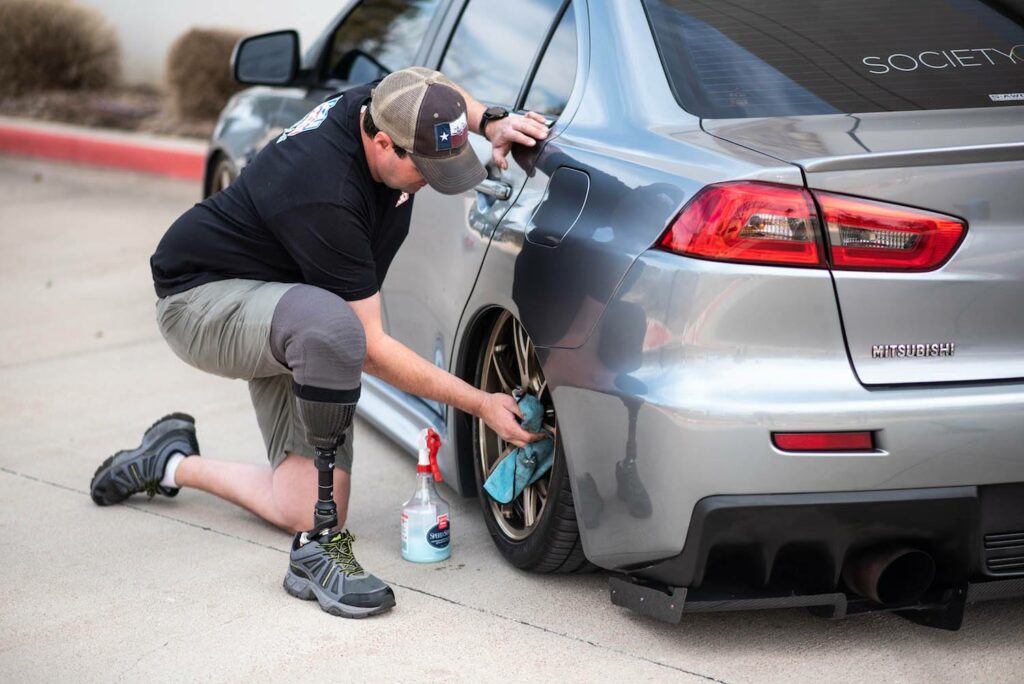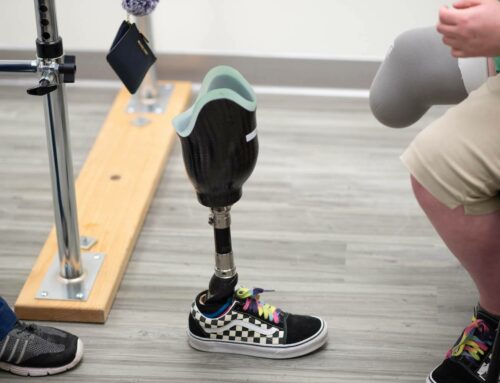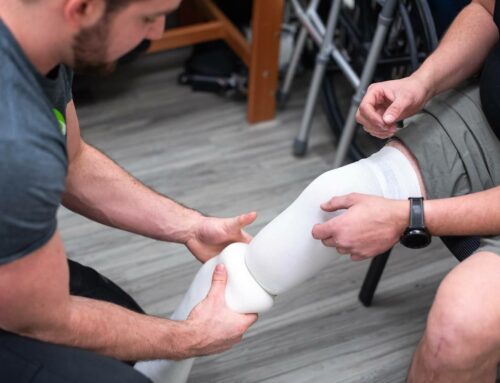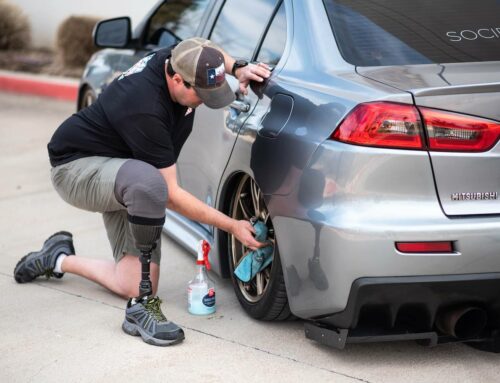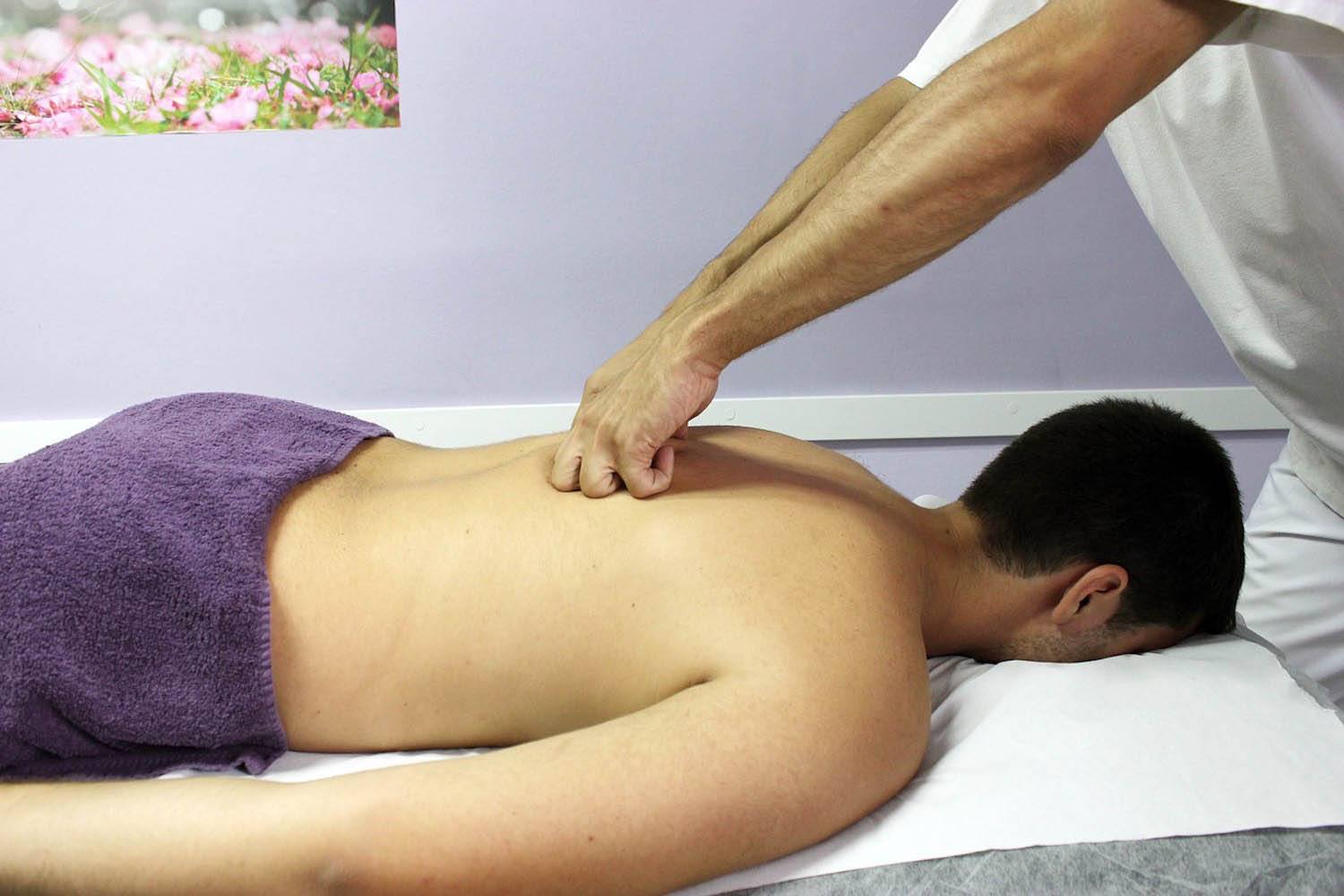
Phantom Limb Pain, Problems and Solutions
What is Phantom Pain? Understanding it will help you better prepare for any symptoms or support your loved ones on their post-amputation journey.
Phantom pain is a term used to describe sensations felt by amputees, which may include: burning, tingling, itching, cramping, “pins-and-needles” sensation, stabbing pain, pressure or limb feeling swollen. These sensations can be similar to what a non-amputee feels when his/her foot “falls asleep.”
New amputees tend to have frequent and intense sensations several times a day, often for a few hours at a time. As time passes, sensations will generally become less frequent and less intense, and bouts of pain will last for a shorter period of time. Usually phantom pain and sensations will resolve over time, but some amputees may always have some sensations.
Phantom Pain can flare up due to stimulation or pressure on the residual limb, back pain, illness, changes in weather, stress, and inactivity. The good news is, Phantom Pain is indeed treatable!
Limb Pain Solutions
The best way to prevent the Phantom Pain is to desensitize the residual limb. Desensitization is important after amputation because eventually, when the prosthesis is fitted, the residual limb will be subjected to forces it was never intended to cope with. Desensitization develops tolerance for the residual limb, and also decreases Phantom Pain symptoms.
Wait until your doctor gives permission to begin desensitizing the residual limb. Start with light tapping and touching, and slowly increase pressure as tolerance increases. Next, move on to exposing the residual limb with other materials, such as cotton balls, paper towels, or brushes. Try to do this for 15 to 20 minutes, three times a day, until desensitization is fully achieved.
In addition, the use of prosthetic shrinkers can assist with residual limb desensitization. Wearing shrinkers will prepare the residual limb for future prosthetic interventions by reducing scarring and contouring the residual limb for a better prosthetic fit. Numerous studies have supported the benefits of application of gradual compression garments to reduce Phantom Pains. Talk to us at Texas Orthotics and Prosthetic Services (TOPS) about shrinkers and how to best use them.
While the experience of Phantom Pain can be difficult and confusing for amputees, we hope this information can assist you or your loved one during the recovery process. We are here for you, every step of the way.

